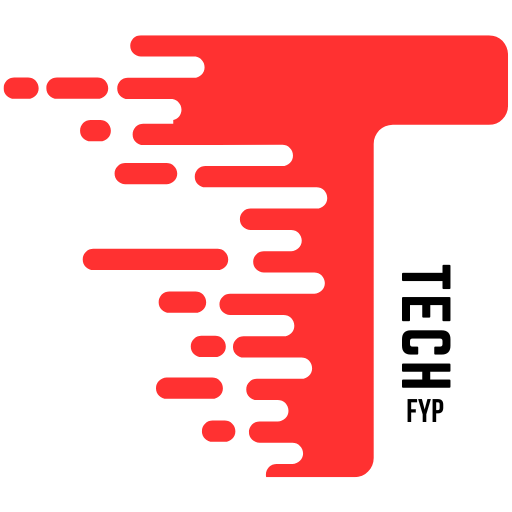What exactly is AI Scientist—just a fancy kind of neural net?
It’s not a single neural network, but rather an ensemble of computer programs that can help scientists make new discoveries. My group has already developed algorithms that can help with individual tasks, such as weather forecasting, identifying the drivers of global temperature rise, or trying to discover causal relationships like the effects of vaccination policies on disease transmission.
We’re now building a broader “foundation” model that’s versatile enough to handle multiple tasks. Scientists gather data from all types of instruments, and we want our model to include a variety of data types—numbers, text, images, and videos. We have an early prototype, but we want to make our model more comprehensive, more intelligent and better trained before we release it. That could happen within a couple of years.
What do you imagine it could do?
AI can assist in practically every step of the scientific discovery process. When I say “AI Scientist,” I really mean an AI scientific assistant. The literature survey stage in an experiment, for example, typically requires a massive data-gathering and organization effort. But now, a large language model can read and summarize thousands of books during a single lunch break. What AI is not good at is judging scientific validity. In this case, it can’t compete with an experienced researcher. While AI could help with hypothesis generation, the design of experiments and data analysis, it still cannot carry out sophisticated experiments.
How far would you like to see the concept go?
As I picture it, an AI Scientist could relieve researchers of some of the drudgery while letting people handle the creative aspects of science. That’s something we’re particularly good at. Rest assured, the goal is not to replace human scientists. I don’t envision—nor would I ever want to see—a machine substituting for, or interfering with, human creativity.
Original story reprinted with permission from How much magazinean editorially independent publication of the Simons Foundation whose mission is to enhance public understanding of science by covering research developments and trends in mathematics and the physical and life sciences.



